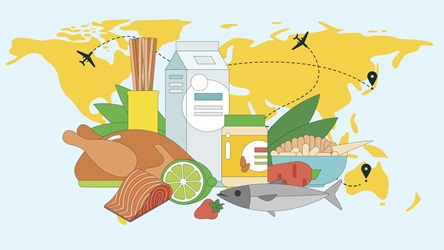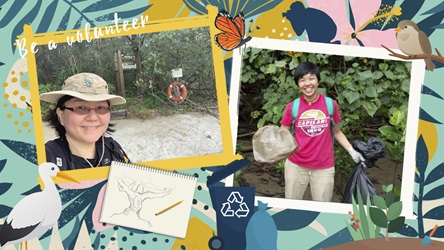Singapore Agenda In Focus: Transforming Singapore Into A City In Nature
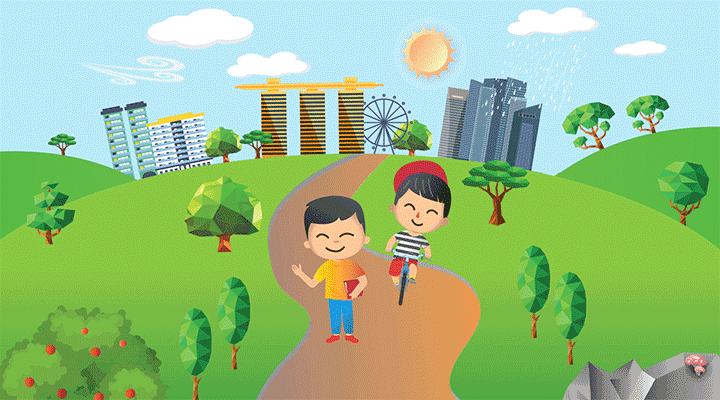
Singapore is transforming itself into a City in Nature.
Today, Singapore is one of the world’s greenest cities. The lush urban greenery we have now is the outcome of dedicated and sustained efforts. For more than 50 years, generations of Singaporeans have been involved in efforts to develop Singapore into a city where greenery pervades our urban landscape. But we are not resting on our laurels.
With challenges like climate change, more extreme weather conditions, and increased urbanisation, we want to build a Singapore where the next generation can enjoy a better quality living environment than the one before.
Hence we are transforming Singapore into a City in Nature that provides Singaporeans with a higher quality of life while co-existing with the island’s flora and fauna. We will do this by building on our existing efforts to enhance and extend our natural capital – green spaces, park connectors, in the built environment – across the island.
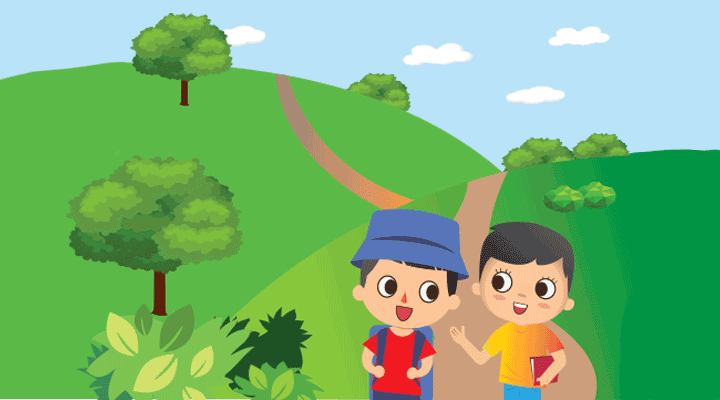
What Singaporeans Can Look Forward To
More Nature Parks
For an immersive experience of nature
Today, we have more than 350 hectares of nature parks, and this will increase by 200 hectares by 2030. Singaporeans can look forward to more nature-based recreation, such as hiking, bird watching, and nature appreciation at upcoming Nature Parks – Rifle Range, Mandai Mangrove and Mudflat, and Khatib Bongsu.
Nature parks act as complementary habitats and buffers to our nature reserves, protecting them from the impact of urbanisation and human activities. Nature parks offer visitors an immersive experience of nature while acting as green buffers to reduce visitorship pressure on the nature reserves.
New and Redeveloped Gardens and Parks
With more natural designs and planting
Expect to see a greater variety of landscapes that resemble the look and feel of natural forests in gardens and parks. Growing evidence shows that being in touch with nature offers therapeutic effects on health, such as reduced stress, more positive moods and better cognitive skills.
The National Parks Board (NParks) has started developing therapeutic gardens that are specially designed and programmed for seniors. Moving forward, there will be more therapeutic gardens to cater to those with diverse conditions such as attention deficit hyperactivity disorder, dementia, stroke, heart, and mood disorders.
More concrete canals will be transformed into natural rivers, such as those in Bishan-Ang Mo Kio Park and Lakeside Garden. Bringing these naturalised landscapes into our gardens and parks will also help mitigate the threats against sea-level rise and flooding.
We will also conserve important native plant and animal species. Some of the world’s most unique biodiversity call our tropical island home. NParks will carry out recovery plans for over 70 more animal and plant species, and enhance 30 hectares of forest, marine, and coastal habitats by 2030.
The Tiger Orchid
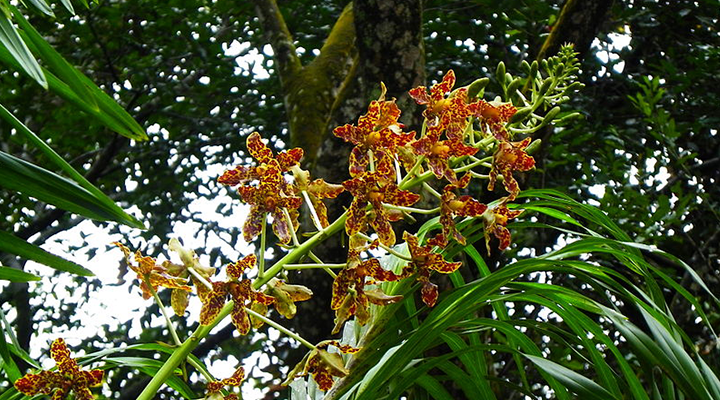
Did you know that the Tiger Orchid is a rare native species in Singapore? As the largest orchid species in the world, each plant can weigh up to a few tonnes and grow to a height of 3m or more, with 10cm-wide flowers. The Singapore Botanic Gardens is home to one of the world’s oldest and largest Tiger Orchid plants, measuring 5m wide and believed to have been growing in the same spot for more than 150 years. Tiger Orchids can also be found at Pasir Ris Park, Sengkang Riverside Park, Punggol Park and even along roads like Holland Road and Napier Road.
Nature Restored into our Urban Areas
Greenery brought closer to our doorstep
Expect almost double the amount of skyrise greenery in our buildings and public infrastructure, with 200 hectares by 2030.
Our industrial estates, which are some of the warmer areas on the island, will see a lot more trees and greenery. Over the next 10 years, NParks will work with partners like JTC to plant more than 100,000 trees in industrial estates.
These efforts will cool the environment, improve air quality, and beautify surroundings in these industrial estates.
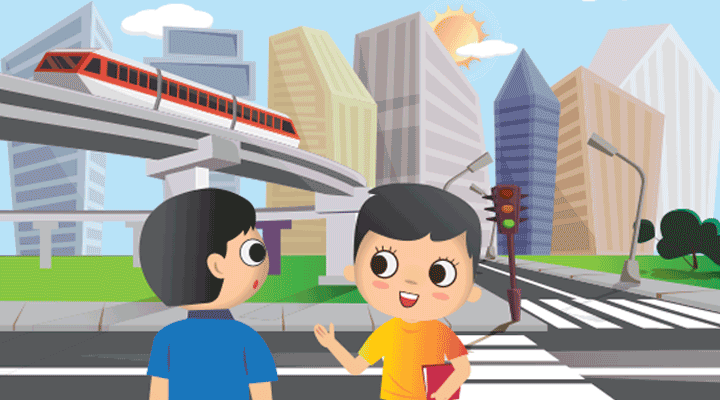
Better Connectivity between our Green Spaces
For easier access to nature
Roads will be transformed into Nature Ways, featuring native trees and plants in multi-tiered structures that mimic those in tropical rainforests. This will make our streets shadier, cooler and more comfortable for pedestrians. The long-term goal is to make every road a Nature Way, and have 300km of Nature Ways by 2030.
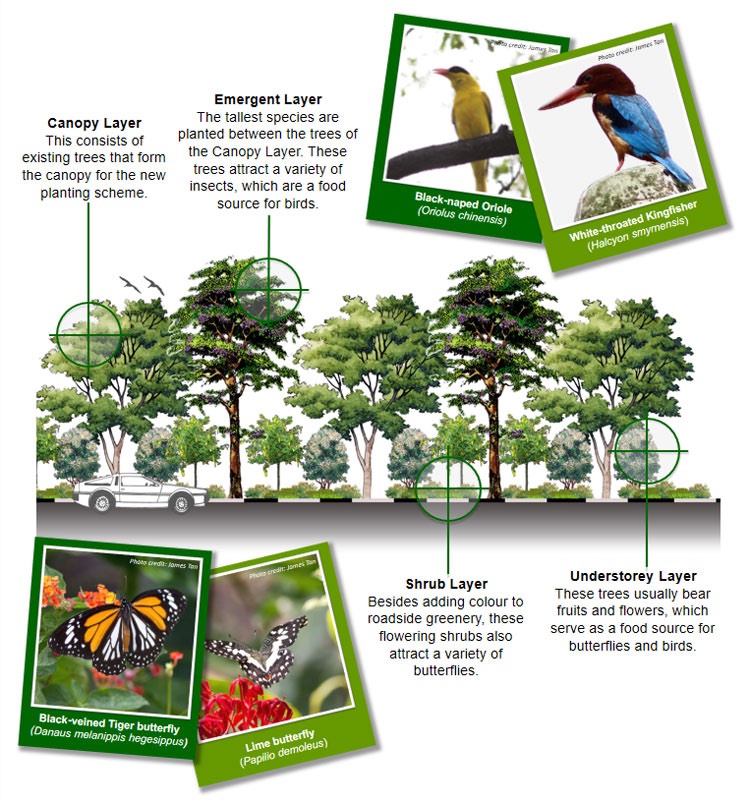
In tandem, the Park Connector Network will be expanded from the current 340km to 500km by 2030 so that Singaporeans can access nature easily. This network will include the Round Island Route, Rail Corridor, and the Coast to Coast trail. With this, all households will be within a 10-minute walk from a park by 2030.
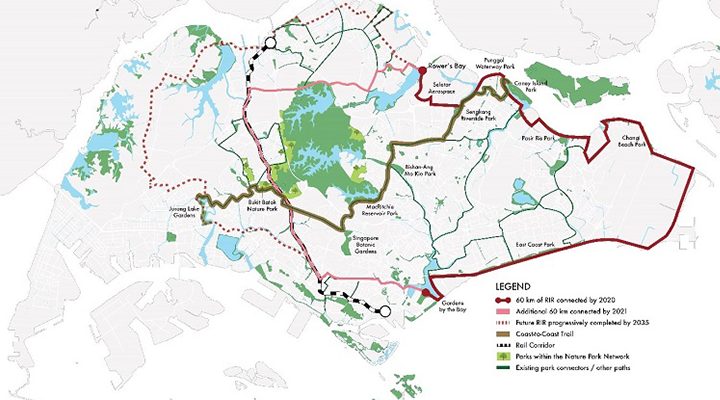
How You Can Play A Part
The Ministry of National Development (MND) is taking the lead, but the work of greening Singapore cannot be done by the MND alone. As public officers, you can collaborate with the MND family to transform Singapore into a City in Nature.
A large part of this will be through NParks’ One Million Trees movement. The movement will take place across the island, including streetscapes, gardens, parks and park connectors, nature reserves and nature parks. There are currently about seven million trees in Singapore.
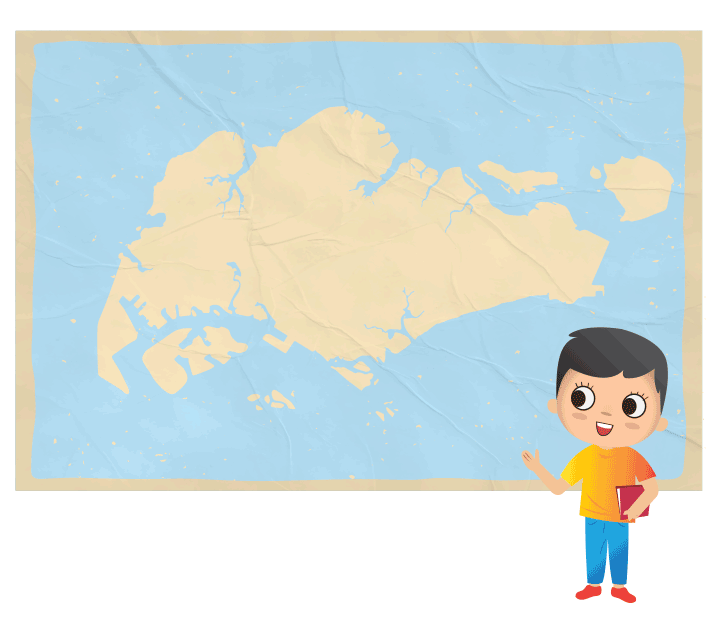
About 100 individuals and more than 100 groups have already pledged their support to be a part of this movement. The groups include the Friends of the Park community, Community in Nature schools, Community in Bloom gardening groups, NParks volunteers, nature groups, the National University of Singapore, Keppel Corporation, JTC Corporation and OCBC Bank.
The community is key to the success of this movement, and we invite you to join us.
To encourage community bonding, NParks launched the Gardening with Edibles programme in June 2020. This initiative promotes the growing of food plants as an activity for the entire household and brings nature into homes. NParks distributes seeds of leafy and fruited vegetables to households, and provides online resources on NParks’ Facebook and YouTube channels to encourage gardeners to acquire gardening skills and interact by sharing their experiences and successes online.
When the COVID-19 situation improves, NParks will transition the home gardeners into Community in Bloom and allotment gardens, and provide the gardeners with a larger variety of seeds, including herbs and spices, to deepen their interest. Gardening together strengthens family and community bonds to build social resilience. It also builds food resilience, and will contribute to Singapore’s “30 by 30” goal of producing 30% of our nutritional needs locally by 2030.
Singaporeans can also be more involved in the design, development and programming of our parks.
- Over the next five years, Singaporeans can contribute to the design and management of 50 new and redeveloped parks, such as by designing signs, promoting park etiquette, and partnering gardeners to do landscape planting.
- Contribute to the One Million Trees effort. Email NParks to register your interest and find out more.
- Become an NParks volunteer: There are currently 48,000 NParks volunteers, and we hope to grow this number to some 70,000 over the next 10 years. We invite you to join in our efforts, forge closer bonds with fellow Singaporeans and strengthen our sense of ownership of our environment. Read about two NParks volunteers.
This topic is part of a series of features on the Singapore Agenda, one of the key priorities for the Public Service to Build Our Future, together with Public Sector Transformation and Singapore Together.
Related Stories:
- POSTED ON
Jul 16, 2020
- TEXT BY
SGPA
Tuber
- PHOTOS BY
NParks
- ILLUSTRATION BY
Mushroomhead
-
Deep Dive
Strengthening Singapore’s Food Security




